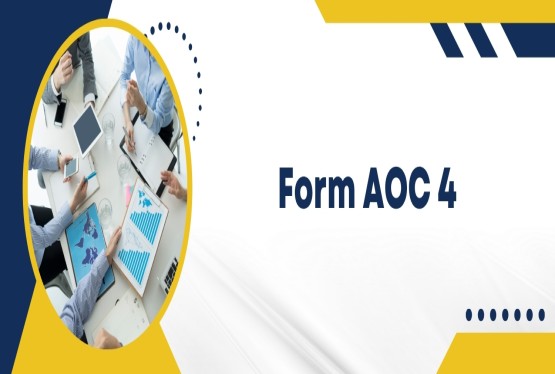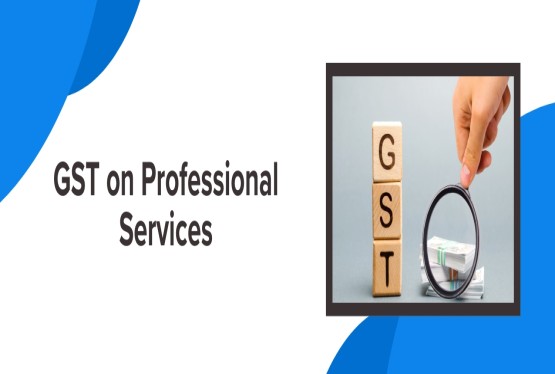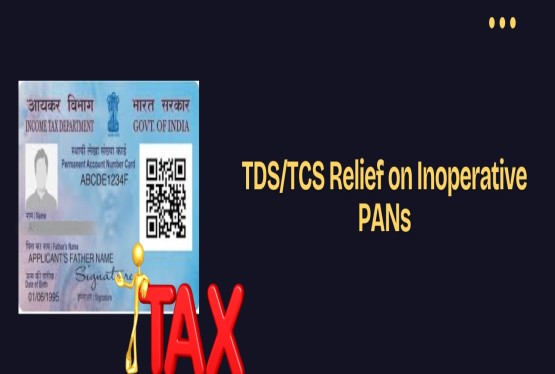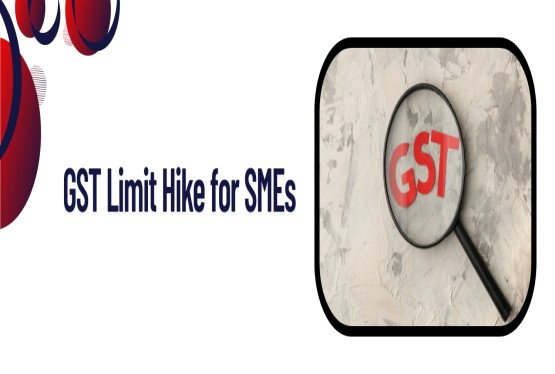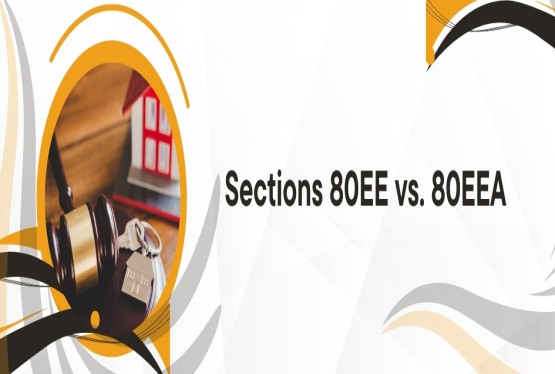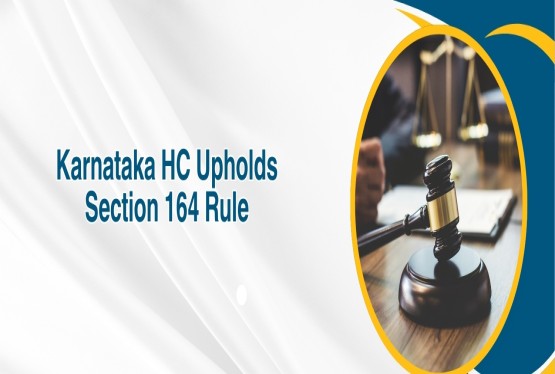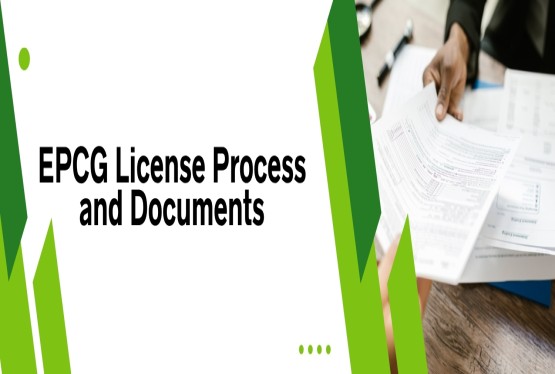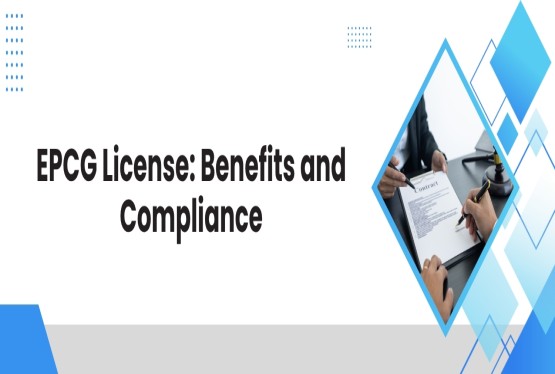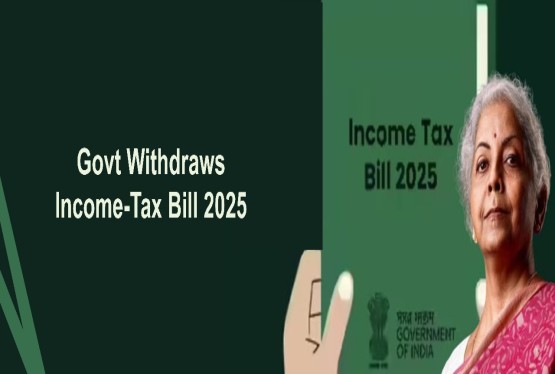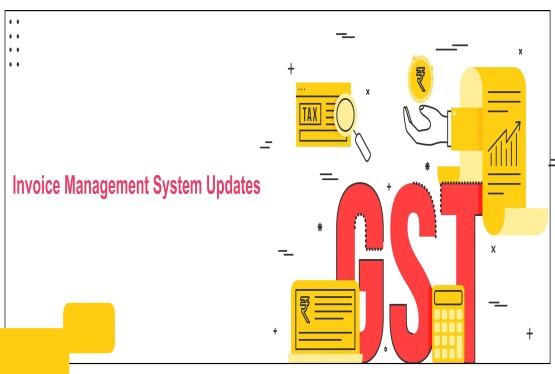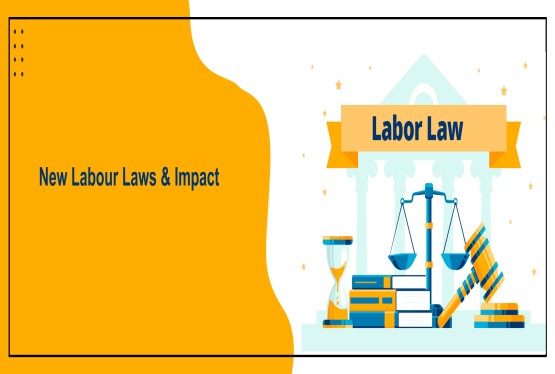The Goods and Services Tax Network (GSTN) has issued an important advisory dated June 7, 2025, regarding a major procedural change in the GSTR-3B filing process. This update concerns the treatment of auto-populated tax liabilities in GSTR-3B and its subsequent amendment mechanism through the newly introduced Form GSTR-1A. The change is set to take effect for the July 2025 tax period, which will be filed in August 2025. This article aims to provide a detailed explanation of the advisory, its implications, and the necessary steps that taxpayers must follow to ensure compliance.
Current System: Editable Auto-Populated Liability in GSTR-3B
Presently, the GSTR-3B form is pre-filled with tax liabilities based on the outward supply details declared by the taxpayer in GSTR-1, IFF (Invoice Furnishing Facility), or now GSTR-1A. These auto-populated values serve as a reference point for taxpayers to file their returns accurately. However, under the existing system, these auto-populated values are editable. Taxpayers have the flexibility to make necessary changes in GSTR-3B directly if any discrepancy or error is discovered after filing GSTR-1.
This flexibility, while convenient, also opened avenues for mismatches between GSTR-1 and GSTR-3B data, sometimes leading to reconciliation challenges and notices from tax authorities.
Form GSTR-1A: A Step Towards Accuracy
To streamline the GST return filing process and improve accuracy, the GSTN has introduced Form GSTR-1A. This form allows taxpayers to amend their outward supply details declared in GSTR-1 or IFF. Form GSTR-1A acts as a correction mechanism before the filing of GSTR-3B, ensuring that the auto-populated tax liabilities in GSTR-3B reflect the most accurate and up-to-date data.
This is a significant reform as it gives taxpayers the ability to rectify mistakes within the same return period rather than waiting for the next month's filing. With the implementation of GSTR-1A, the reliance on direct edits in GSTR-3B is expected to reduce significantly.
Effective Change from July 2025 Onwards: Non-Editable Auto-Populated Liability in GSTR-3B
The core of the advisory lies in the policy change taking effect from the July 2025 tax period. Starting from this return period (to be filed in August 2025), the auto-populated tax liability in GSTR-3B will no longer be editable. Taxpayers will not be allowed to manually change the tax liability figures pre-filled in GSTR-3B.
This move reinforces the importance of filing accurate GSTR-1/IFF data and using GSTR-1A timely for amendments. The government aims to promote consistency between returns and minimize errors that could lead to disputes or audits.
Implications for Taxpayers
This change is procedural but has major compliance implications. Taxpayers must adopt a proactive approach to verify and rectify any mistakes in their outward supply data before filing GSTR-3B. Errors should be corrected through GSTR-1A within the same tax period.
Businesses that are used to making last-minute edits in GSTR-3B must adapt their internal processes. Reviewing sales data, invoices, and returns in real-time becomes essential. Delays or negligence in updating GSTR-1 through GSTR-1A can lead to incorrect tax liability reporting, which will become irreversible once GSTR-3B is filed.
How to Use Form GSTR-1A
Form GSTR-1A is designed to simplify the amendment process. It allows taxpayers to:
-
Amend incorrect invoice details
-
Modify taxable value or tax amount
-
Add missed outward supplies
It is important to note that GSTR-1A must be filed before submitting GSTR-3B. Once GSTR-3B is filed, the auto-populated figures cannot be changed.
Reference to Earlier Advisories
This latest advisory should be read in conjunction with the earlier advisories issued by GSTN:
-
Advisory dated January 27, 2025: This advisory introduced the roadmap for GSTR-1A and detailed its benefits in minimizing reconciliation mismatches.
-
Advisory dated October 17, 2024: It discussed the issues of data mismatches between GSTR-1 and GSTR-3B and emphasized the importance of aligning outward supplies correctly.
Together, these advisories form a framework aimed at enhancing GST compliance and making the return filing process more transparent.
Recommendations for Businesses
To ensure smooth compliance with this change, businesses should:
-
Reconcile GSTR-1 data with their sales ledger regularly.
-
Train their GST teams or tax consultants about using GSTR-1A.
-
Avoid delaying the filing of outward supplies.
-
Use automation tools for invoice matching and data validation.
Conclusion
The change in the editability of auto-populated liabilities in GSTR-3B is a strategic shift aimed at improving return accuracy and reducing mismatch-related disputes. The introduction of GSTR-1A offers taxpayers a timely correction mechanism. However, it also places more responsibility on taxpayers to ensure data integrity at every stage of the GST filing process. Businesses are advised to take this advisory seriously and revise their compliance procedures accordingly before the change becomes effective in August 2025.
FAQs
Q1. What is the main change announced in the June 7, 2025 advisory?
Ans. From the July 2025 tax period onwards, the auto-populated tax liability in GSTR-3B will become non-editable.
Q2. What is Form GSTR-1A?
Ans. GSTR-1A is a new amendment form introduced to allow taxpayers to correct errors in their GSTR-1/IFF data before filing GSTR-3B.
Q3. Why is the government making the auto-populated GSTR-3B fields non-editable?
Ans. To improve accuracy, reduce mismatches between GSTR-1 and GSTR-3B, and strengthen return integrity.
Q4. Can I still change tax liability in GSTR-3B after July 2025?
Ans. No, you must make changes via GSTR-1A before filing GSTR-3B.
Q5. Is GSTR-1A applicable for every return period?
Ans. Yes, GSTR-1A can be used for the same tax period if changes are needed before filing GSTR-3B.
Q6. What happens if I forget to amend through GSTR-1A and file GSTR-3B?
Ans.The auto-populated liability becomes final, and any mismatch may lead to notices or penalties.
Q7. Will this change affect Input Tax Credit (ITC) claims?
Ans. Indirectly, yes. Accurate reporting in GSTR-1 and GSTR-3B ensures proper credit flow and reconciliation.
Q8. Can I revise GSTR-3B if I find an error post filing?
Ans. No, GSTR-3B is non-revisable. Hence, accurate data input before filing is critical.
Q9. Where can I find more information about this advisory?
Ans. Refer to the GSTN advisories dated June 7, 2025, January 27, 2025, and October 17, 2024.
Q10. When should I start using GSTR-1A?
Ans. Immediately if any error is found in GSTR-1/IFF, but mandatorily from July 2025 period onwards to make any changes before GSTR-3B filing.








_crop10_thumb.jpg)




































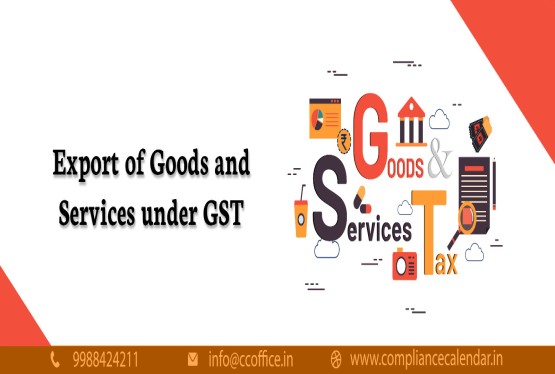













































_for_FY_2025-26_crop10_thumb.jpg)



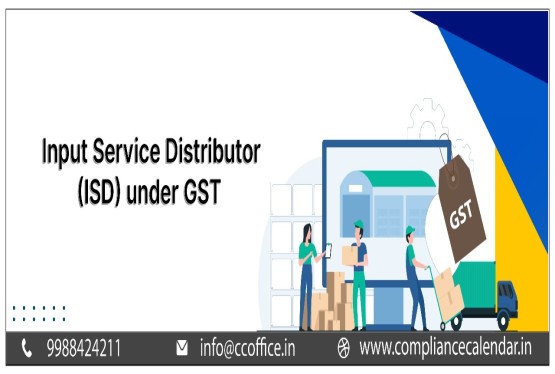








_learn_crop10_thumb.jpg)








_Filing_Due_Dates_for_FY_2024-25_learn_crop10_thumb.jpeg)
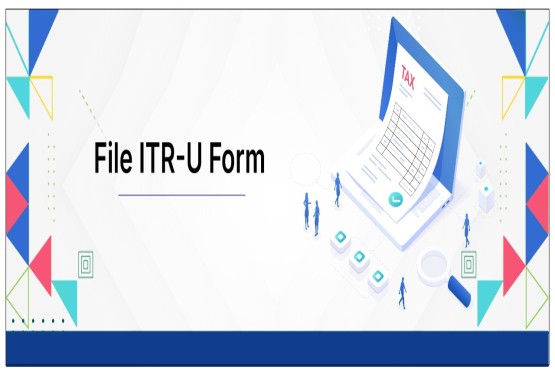

























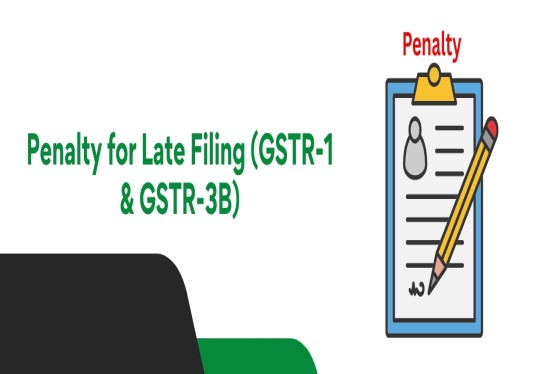












_of_GST_Act_learn_crop10_thumb.jpg)










_Under_GST_learn_crop10_thumb.jpg)









_crop10_thumb.jpg)


_crop10_thumb.jpg)






_learn_crop10_thumb.jpg)






















_of_the_Income_Tax_Act_learn_crop10_thumb.jpg)



_learn_crop10_thumb.jpg)
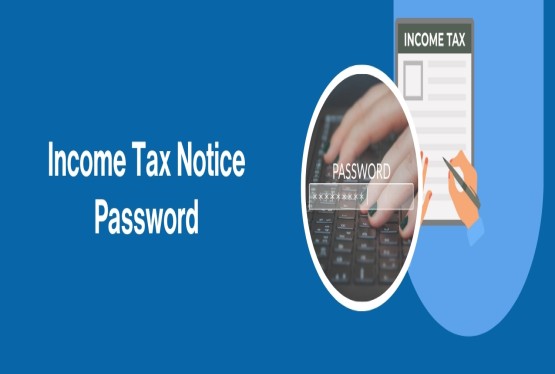





_learn_crop10_thumb.jpg)






_crop10_thumb.jpg)




















_in_The_Income_Tax_Act,_1961_learn_crop10_thumb.jpg)



_learn_crop10_thumb.jpg)



_of_the_Income_Tax_Act_learn_crop10_thumb.jpg)

_Of_Income_Tax_Act_learn_crop10_thumb.jpg)








_learn_crop10_thumb.jpg)








_learn_crop10_thumb.jpg)
_crop10_thumb.jpg)






















_learn_crop10_thumb.jpg)
_for_Import_and_Export_learn_crop10_thumb.jpg)









